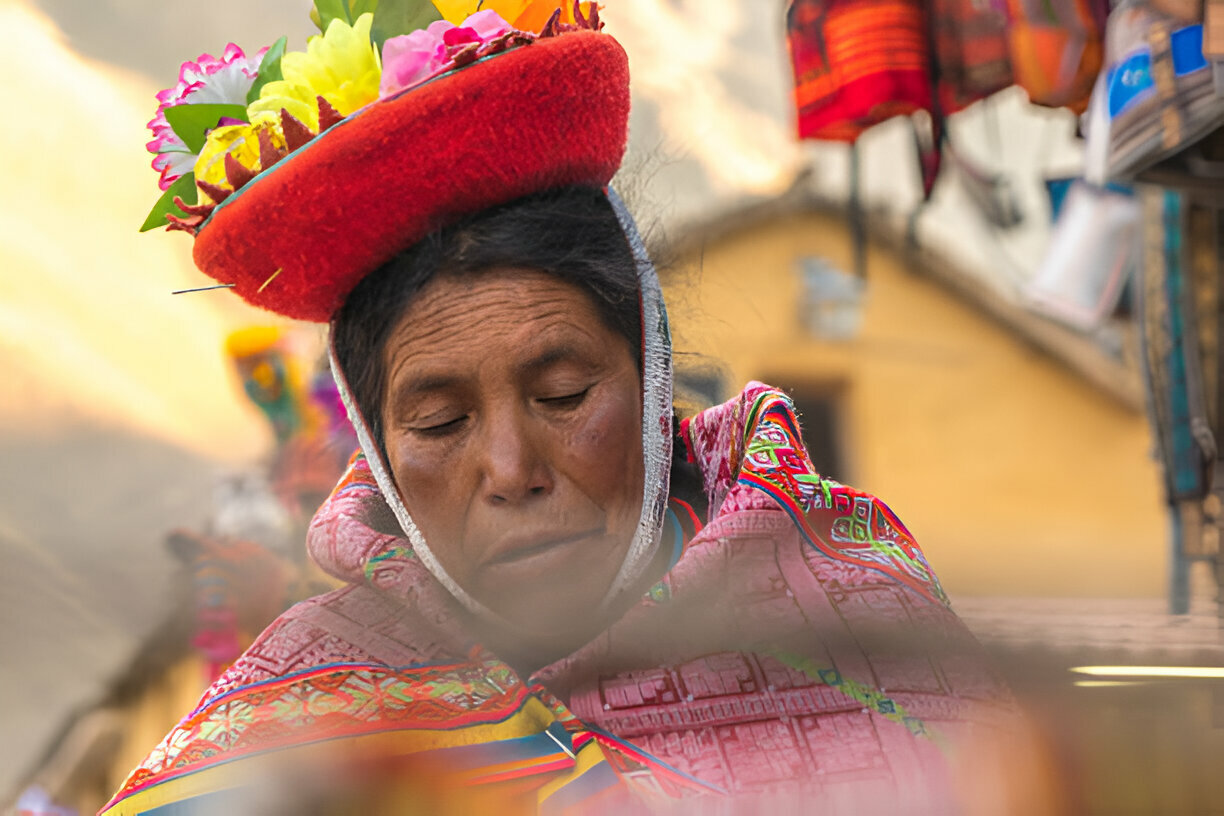The Inca civilization, known for its impressive architectural, agricultural, and administrative achievements, thrived in the Andean region of South America from the early 13th century until the Spanish conquest in the 16th century. The rise of the Inca Empire began around 1200 CE with the establishment of its capital, Cusco, by the first emperor, Manco Cápac. The civilization experienced significant expansion during the 15th century under the rule of Pachacuti Inca Yupanqui, who transformed the kingdom of Cusco into the vast empire known as Tawantinsuyu, which means “The Four Regions.”
The Inca Empire stretched from modern-day Ecuador in the north to Chile in the south, encompassing a diverse range of cultures and landscapes. The Incas are renowned for their sophisticated engineering, including the construction of extensive road networks and the famous site of Machu Picchu. They also developed advanced agricultural techniques, such as terrace farming, which allowed them to cultivate crops in the challenging mountainous terrain.
However, the Inca civilization came to an abrupt end with the arrival of Spanish conquistadors led by Francisco Pizarro in the 1530s. The combination of military conquest, disease, and internal strife led to the rapid collapse of the once-mighty Inca Empire, marking the end of one of the most remarkable civilizations in pre-Columbian America.










Comment (0)